At the Impact for Breakfast session on 16 February 2016, Women Effect Chief Catalyst Suzanne Biegel joined host Audrey Selian (Artha Platform), and panellists Ambika Sampat (Acumen) and Laurie Spengler (Enclude Solutions). After discussing their work at the intersection of impact investing and gender, we heard guests’ suggestions for moving more money with a positive women effect.
- Putting the onus on entrepreneurs to consider women and girls in the value chain: How do we make a consideration of the women effect second nature so it doesn't feel like another hoop to jump through? Entrepreneurs have a lot to deal with already. Ultimately, Acumen’s recent research with ICRW suggested that what was needed is a structure and framework so that the entrepreneurs can be better guided, and we can be better investors. The ICRW/Acumen report puts forward such a framework, taking gender into account at all stages including design of product, production, sales and marketing.
- Innovation in financial products and vehicles: "We're never going to scale if we don't incorporate banks and financial institutions', said Laurie Spengler. She talked attendees through a Nicaraguan trial of variable obligation payment loans, which involved risk sharing between the bank and investors. Guests agreed it was exciting to see an old idea turned into a real financial structure that held some promise.
- More training, awareness and education for investors: we should be striving to make gender lens investing second nature and integrate it into standard due diligence
- More gender-disaggregated data from companies, for better monitoring and reporting of progress
- Case studies of individual investors and organisations valuing gender successfully, with blueprints and frameworks that are replicable elsewhere
- A pipeline of gender equality innovation in the UK and Europe. Young Foundation’s Ceri Goddard suggested that a pilot of something like the Spring Accelerator (disclosure: Suzanne Biegel advises as Spring’s Investment Director), funded by both public and private institutions, would be a real step forward
- An open dialogue between both ends of the spectrum - impact first and finance first - which would give each side the ability to learn and improve from each others’ failings and successes.
This last need, of course, is what we’re responding to with the Women Effect: we have so much to learn from each other and will reap maximum social and financial rewards by working together. The field of gender lens investing is 20 years behind where it should be, and we all have too much to lose by not moving it forward with maximum focus.
Tools and reports flagged as recommended reading
Criterion Institute Toolkit Criterion Institute: State of the field report






